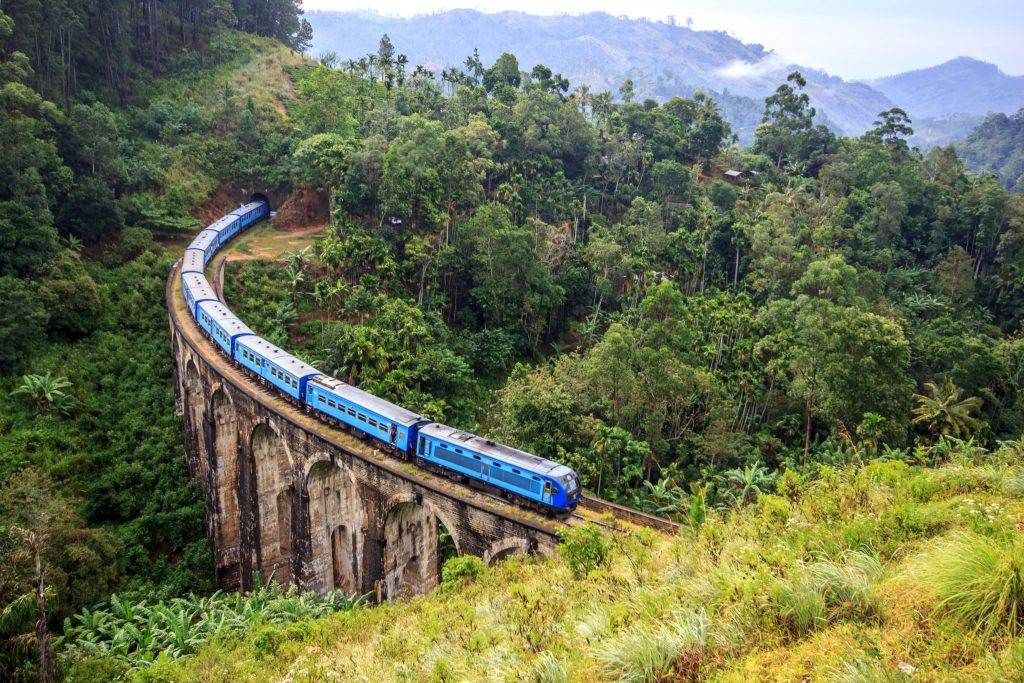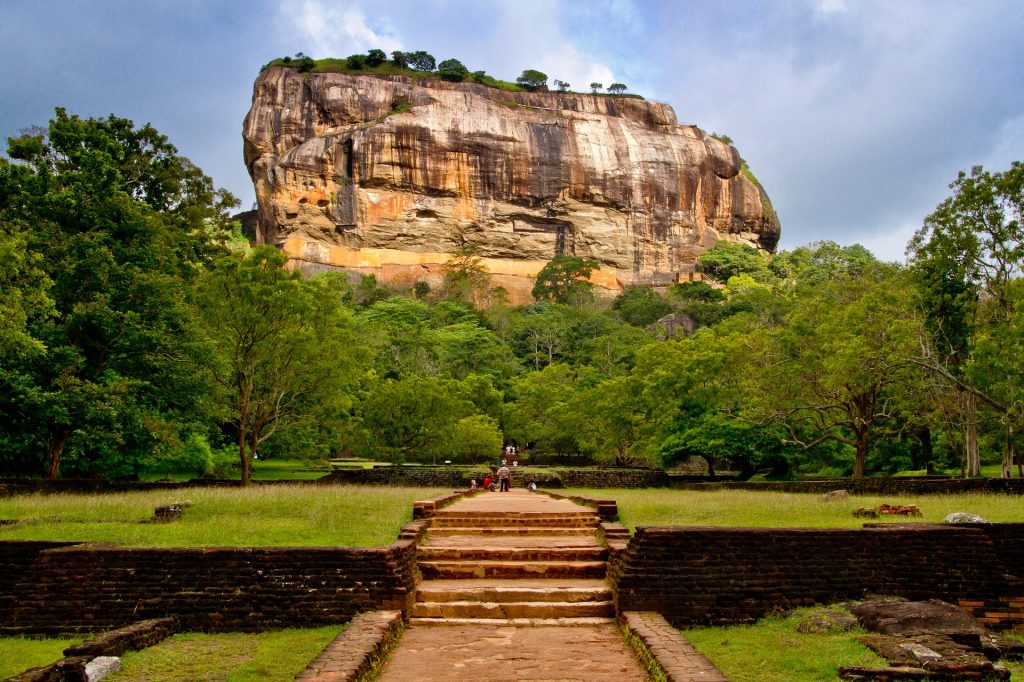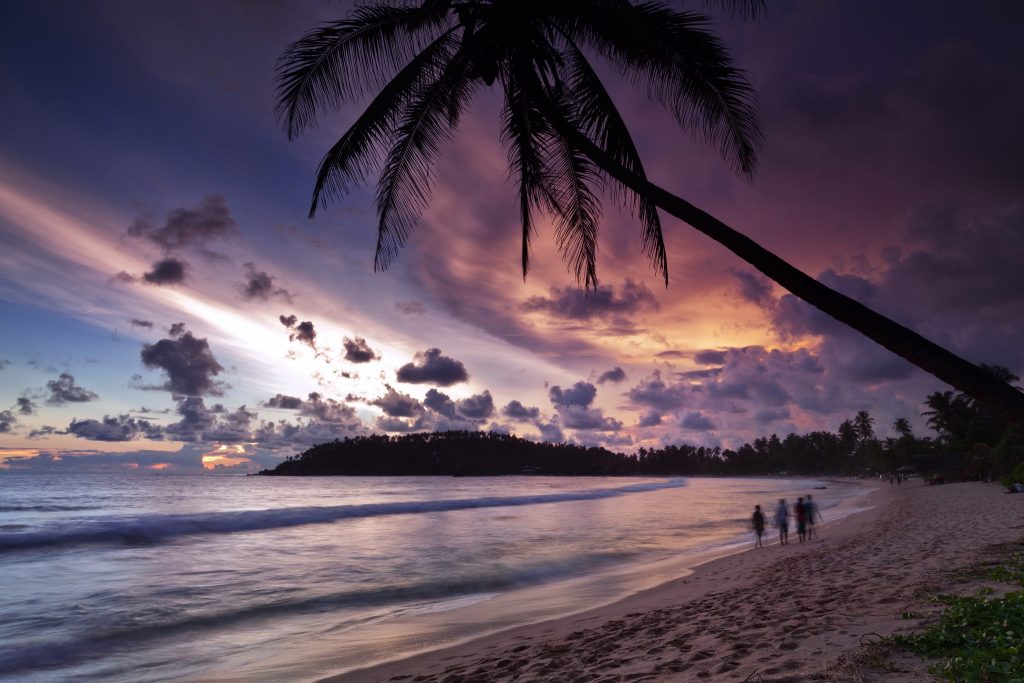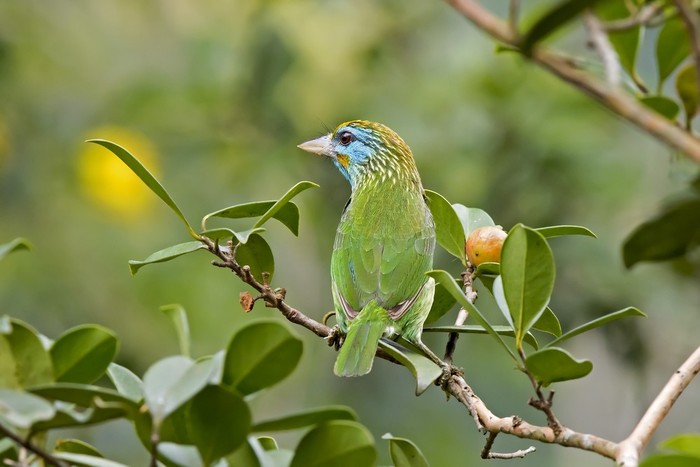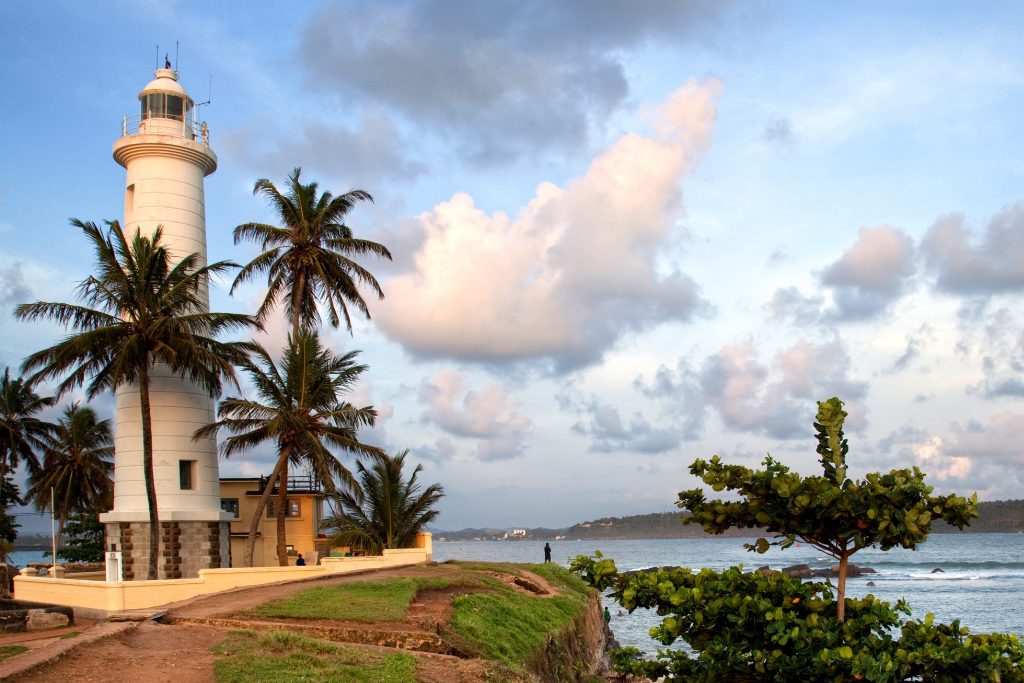Travel Sri Lanka
The Wonder of Asia
Emerging from years of civil war, Sri Lanka is eager to make up for lost time in the tourism stakes, and is doing just that. Although small compared to its giant neighbor, India, Sri Lanka packs a lot into a limited space, with beautifully neat tea plantations clinging to the slopes of the central hills, dry and dusty plains to the north in the so called 'Cultural Triangle' and the glorious white sand beaches of the south and east coasts.
The geographical heart of Sri Lanka is an area of hills reaching a height of just over 2,500m. With cooler temperatures and seemingly endless views of tea and more tea this is heaven for the challenge-loving cyclist. Kandy forms a center point to this region with its famous 'Temple of the Tooth' housing a relic of the Buddha.
To the north lie dry plains dotted with hills, home to the most significant of Sri Lanks'a cultural treasures including Sigiriya, Polonnaruwa and Anuradhapura. Further north still lie the Hindu dominated regions rarely visited by tourists.
Along the island's fringes can be found a string of white sand beaches, perfect for relaxing or, for the more adventurous, surfing. Add to this the charming city of Galle on the south coast and you can see that Sri Lanka serves up a tasty mix for visitors.
QUICK FACTS
CURRENCY
Sri Lankan Rupee
CAPITAL CITY
Colombo
POPULATION
Approx. 21 Million
TIME ZONE
GMT +5hrs 30 min
LANGUAGE
Sinhala & Tamil
RELIGION
Buddhism
MAIN INTERNATIONAL AIRPORTS
Colombo (CMB)
Weather & Climate
Sri Lanka is a year-round destination, with generally good weather. Two monsoons affect different parts of the country, so one region can be dry while another is experiencing tropical rain showers. March to mid-April is the driest time nationwide, with the first annual monsoon bringing rain to the southwest lowlands and central hills from late May to September and a weaker second monsoon affecting the northeast of the island from November to February.
The hill country is significantly cooler than the northern plains and coast, and can be downright chilly at night! Temperature is strongly affected by altitude with higher destinations such as Nuwara Eliya and the Horton Plains experiencing minimum temperatures in single figures (centigrade) during winter months.
When is the best time to visit Sri Lanka?
Although Sri Lanka boasts good weather year-round, you’ll find that December through March is the best time to visit the west and south coasts and hill country, while the east coast has the best weather from April until September. July, August and January are the months with the highest volume of tourists, so choose spring or towards the end of the year to avoid the crowds.
Kandy
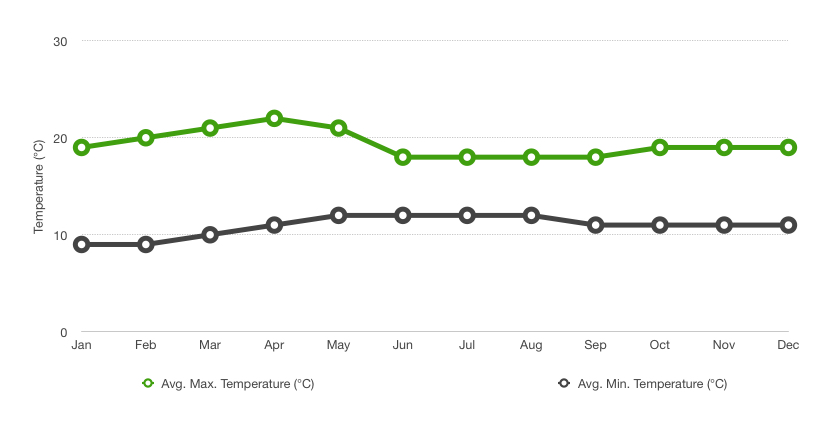
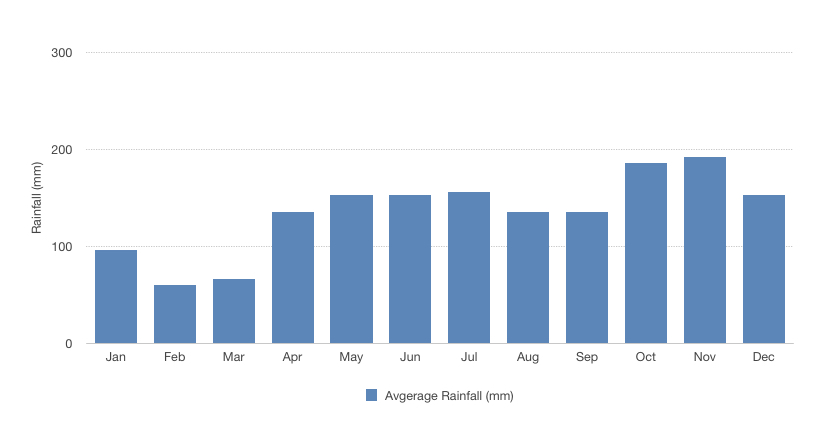
Galle
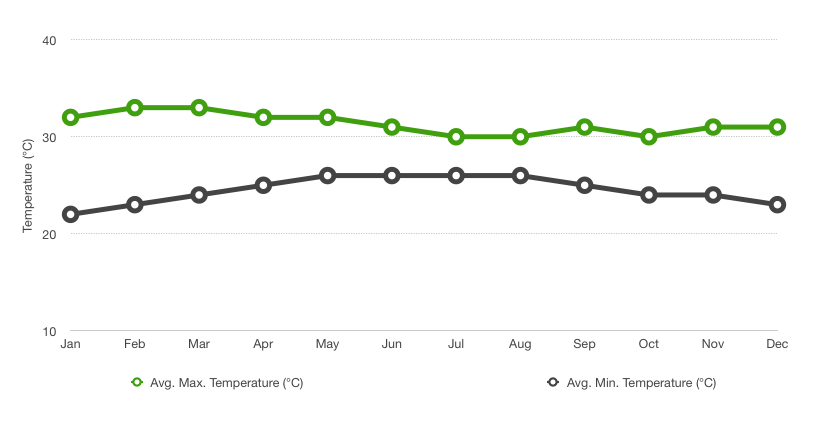
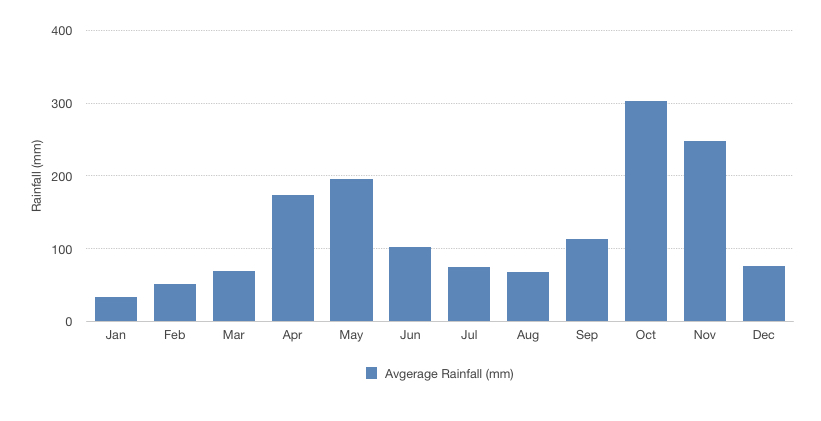
Anuradhapura
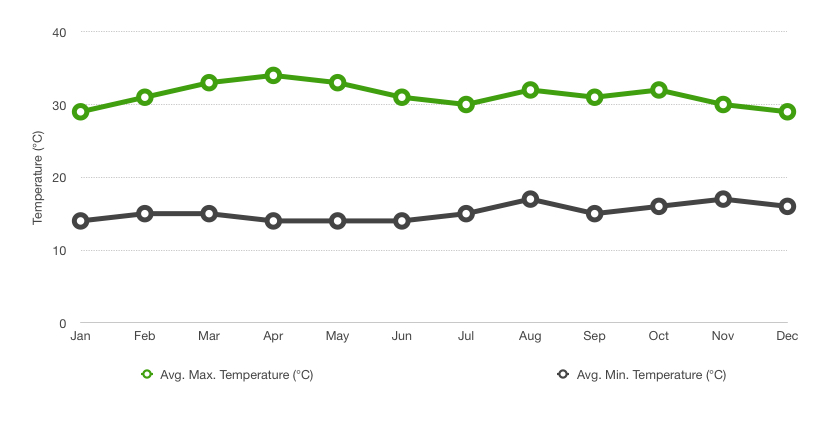
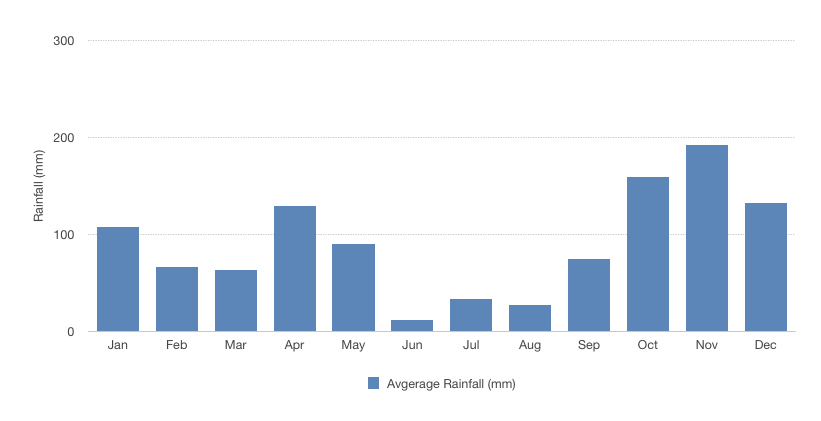
© 2024 Grasshopper Adventures. All Rights Reserved.


